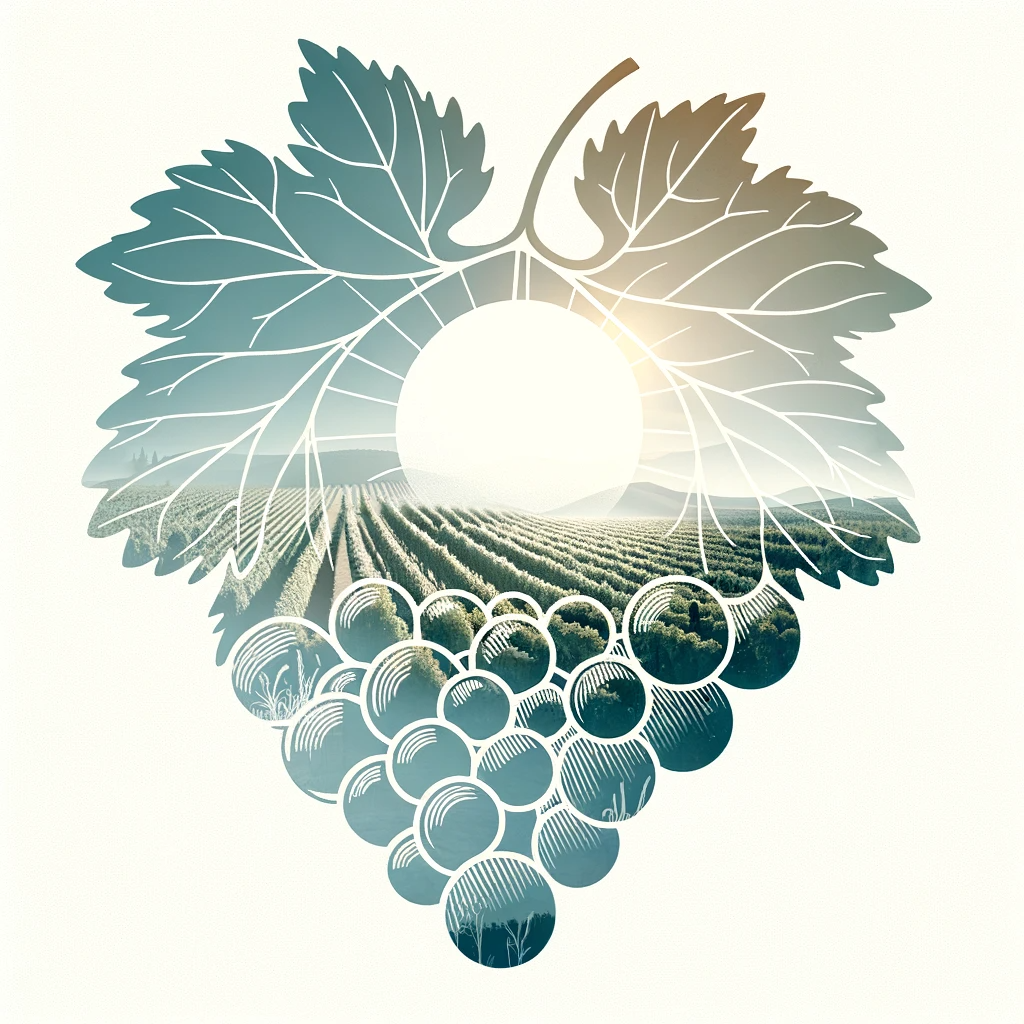Sun-Kissed Vines: The Secret to Great Wine?
Have you ever wondered how much the sun influences the wine you love? Let's dive into the fascinating world of viticulture and uncover the sun's pivotal role in transforming humble grapes into the exquisite wines we cherish.
The Essence of Sunlight in Viticulture
Sunlight is more than just a beacon of warmth; it's the lifeblood of vineyards. Vines convert sunlight into energy through photosynthesis, fueling growth and grape development. Interestingly, vines are quite adaptable, thriving even with moderate sunlight. This resilience means that those clear, sunny days and the softer light of overcast skies contribute to the vine's journey.
Sunshine and Grape Development
Did you know the sun is a natural artist, painting grapes with colors and flavors? In black grapes, sunlight boosts anthocyanins, the pigments responsible for their deep hues. But it’s not just about looks; sunlight also influences taste. It helps reduce certain compounds that might detract from your wine's flavor profile and enhances others, like terpenes, known for their fruity and floral aromas.
A Balancing Act: Acidity, Sweetness, and Tannins
The sun's warmth is crucial in balancing the grape's acidity. It speeds up the use of malic acid, lowering the grape's overall acidity and nudging it towards ripeness. Post-véraison, a stage in the grape's development, sunlight encourages tannin polymerization. This process reduces bitterness, leading to smoother, more palatable wines.
The Perils of Too Much Sunshine
However, like all good things, moderation is key. Excessive sunlight and heat can cause sunburn on grapes, adversely affecting quality and yield. In warmer climates, vineyards often adopt strategies to protect the grapes. A single layer of leaves can provide just the right shade, ensuring the grapes receive dappled sunlight – perfect for healthy growth.
Sunlight's Role in Fruit Set and Bud Fruitfulness
The timing of sunlight exposure is also crucial. Late spring and early summer sunshine are instrumental in a successful fruit set. Exposing compound buds to sunlight can enhance their fruitfulness in the following year's growing season.
Sunlight's Subtle Influence on Wine's Flavor Profile
As wine lovers, we're often captivated by the flavor nuances in each bottle. Sunlight plays a subtle yet significant role in shaping these flavors. The sun's touch is evident in every sip, from the accumulation of tannins to the development of aromatic precursors.
Conclusion: The Sun's Role in Your Glass
As we've seen, the sun's influence on vineyards is profound and multifaceted. From color and flavor development to acidity balance and tannin maturation, sunlight is a key player in the journey from vine to wine. So, the next time you enjoy a glass of your favorite wine, take a moment to appreciate the sun's role in bringing that delightful experience to your palate.



